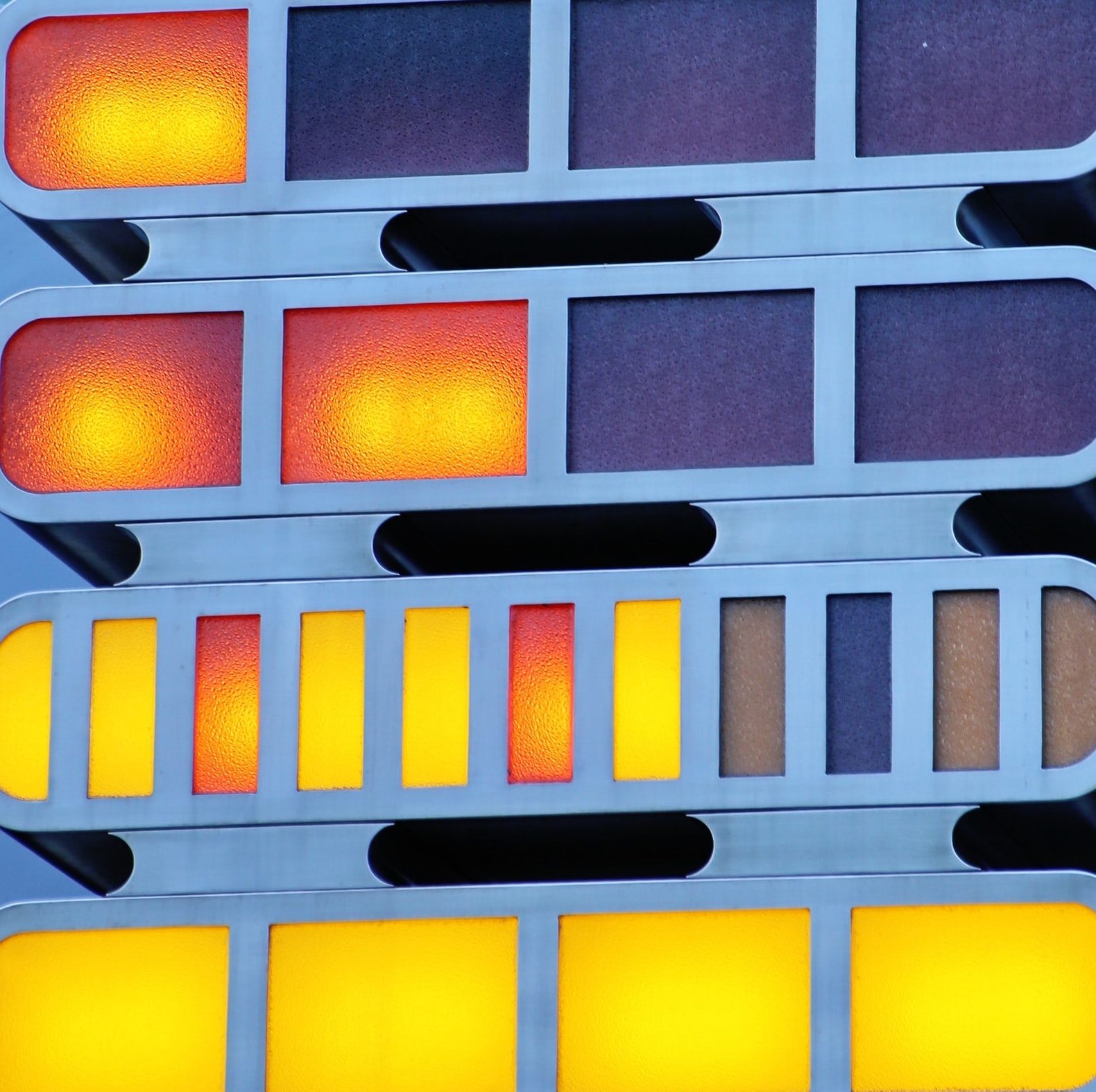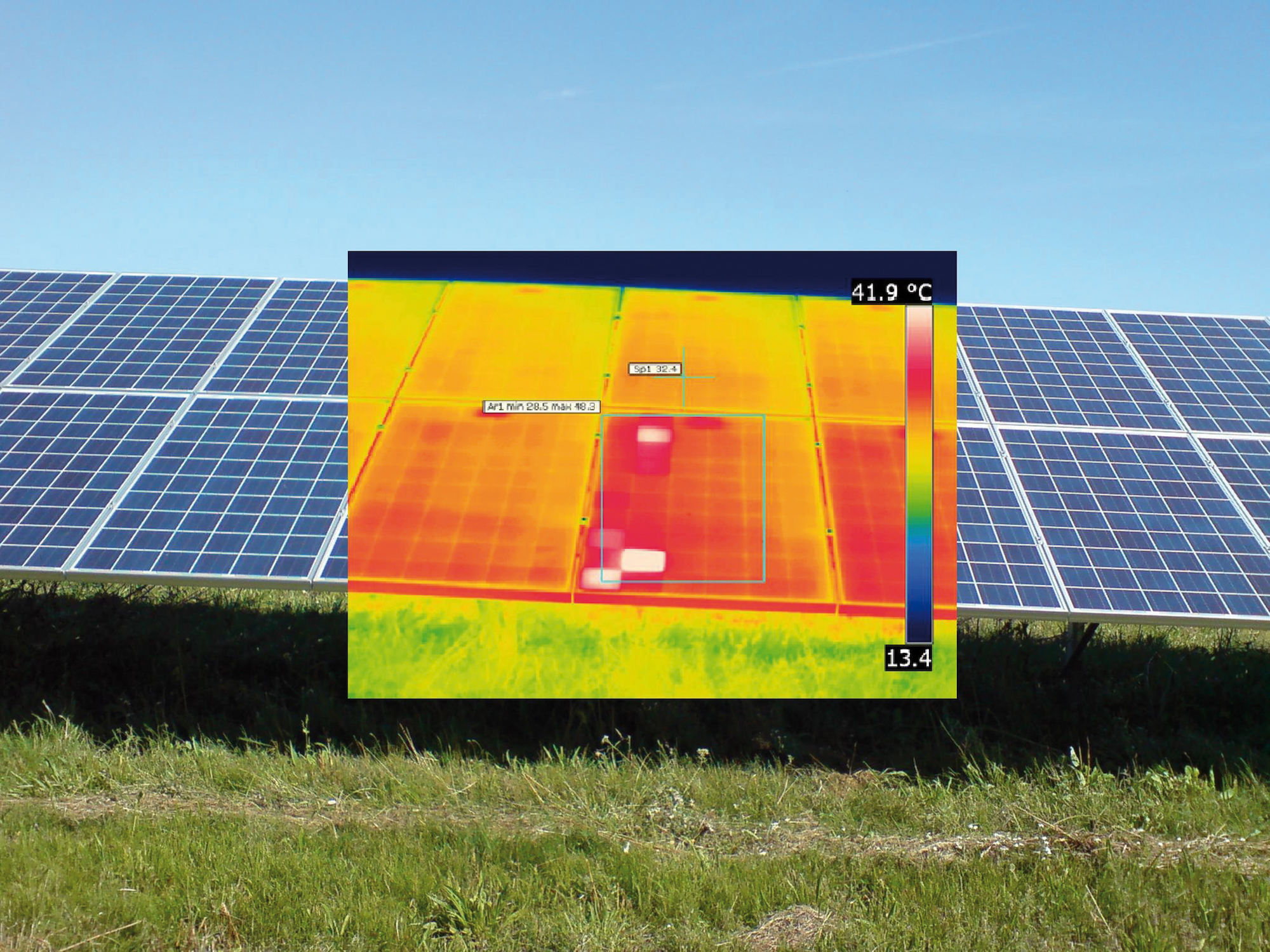
Failures and Defects in PV Systems: Introduction
Failures and Defects in PV Systems: Introduction
Identifying failures and defects is the first step to keep a PV system in high-performance condition as a part of an Operation and Maintenance strategy.
Mohammadreza Aghaei
Photovoltaics (PV) solar energy has become more significant compared to other kinds of renewable energy sources (RES). The determined growth of PV power plants and the integration of residential building façades with solar modules have increased the demand for PV modules in the global market (Aghaei et al. 2015). With the growing demand, the performance of PV systems should be monitored to keep electricity generation at an optimal level in PV plants.
The identification of failures and defects is the first step for maintaining the PV system in high-performance condition. Operation and maintenance (O&M) are defined as decisions and methods to control energy equipment and properties, and they are crucial to detect possible failures and defects. Moreover, they are a set of prediction and prevention actions for proactive plant control solutions (Grimaccia et al. 2015, Trancossi 2011). Monitoring a PV system is essential to assess a PV power plant's performance and to manage its functioning to optimise the output continuously. Accurate monitoring of a PV system is complicated and expensive due to various limitations in capacities of available monitoring equipment.
However, for the acquired data to be used for analysis and modelling, it needs to be as precise and comprehensive as possible. Unreliable monitoring equipment can affect results due to missing, noisy and inaccurate performance measurements. Thus, it is very likely to reach wrong conclusions about a PV system's status based on inaccurate data. Therefore, reliable PV monitoring equipment is worth the cost. The analysis of failure mode in PV plants should be performed for each part separately. However, in the related literature, most publications focus on the failure modes in PV modules, and just a few of them consider an overall analysis of the PV system.

Early fault diagnosis plays a significant role in reducing the O&M costs by extending the practical life of PV arrays. Traditionally, various methods have been used for solar plant inspection and monitoring. Visual inspection is still used for cracks, corrosion, snail trails, discolouration, and similar phenomena (EI-Ghetany et al. 2002). Sometimes it is difficult to evaluate the impact of the defects on the performance of the power plant. The IR methods can increase the detectable range of defects to resistive soldering, shunting paths, bypass diodes, disconnections and more (King et al. 2000). However, these methods are often time-consuming and are not practical for PV plants which are integrated onto building rooftops. In addition to these, most of the time, it is not possible to recognise or distinguish the origin of the defects from each other.
On the other hand, laboratory tests are not feasible in terms of their economic impact on the O&M budget. They are often not cost-effective and reasonable for large PV array fields – unless necessary for a particular purpose. Therefore, accelerated tests and I-V curves are not practical during regular operation in plants, even if a portable analyser is available in the field for the maintenance team. The same is valid for other methods like electroluminescence and ultrasonic inspection (Aghaei et al. 2016).
Thus, choosing a suitable inspection method is critical to detect any faults in the PV plant. Hence, the rapid recognition of defects on modules can keep PV system performances at the highest level. Soon, the attention to research on reliable and cost-effective methods for PV device monitoring is expected to grow. Further investigation of novel monitoring methods is essential in the solar energy market growth (Aghaeiet al. 2016, Quater et al. 2014).
Cover Photography by Mark Konig
References
Aghaei, M., F. Grimaccia, C.A. Gonano and S. Leva. 2015. Innovative automated control system for PV fields inspection and remote control. IEEETrans. Ind. Electron. 62: 7287– 7296. doi:10.1109/TIE.2015.2475235.
Grimaccia, F., M. Aghaei, M. Mussetta, S. Leva and P.B. Quater.2015. Planning for PV plant performance monitoring by means of unmanned aerial systems (UAS). Int. J. Energy Environ. Eng. 6: 47–54.doi:10.1007/s40095-014-0149-6.
Trancossi, M. 2011. Testing Performance, Weathering and Aging of Photovoltaic Modules.
EI-Ghetany, H.H., G.E. Ahmad, H.M.S. Hussein and M.A. Mohamad. 2002. Long-term performance of photovoltaic modules at different tilt angles and orientations. Energy Convers.Eng. Conf. 2002. IECEC ’02. 2002 37th Intersoc. doi:10.1109/ IECEC.2002.1392135.
King, D.L., J.A. Kratochvil, M.A. Quintana and T.J. McMahon. 2000.Applications for infrared imaging equipment in photovoltaic cell, module, and system testing. Conf. Rec. Twenty-Eighth IEEE Photovolt. Spec.Conf. - 2000 (Cat. No.00CH37036). doi:10.1109/ PVSC.2000.916175.
Aghaei, M., A. Dolara, F. Grimaccia and S. Leva. 2016a. Image resolution and defects detection in PV inspection by unmanned technologies. 2016 IEEE Power Energy Soc. Gen. Meet. 0–4.doi:10.1109/PESGM.2016.7741605.
Aghaei, M., F. Grimaccia and S. Leva. 2016b. PV power plant inspection by image mosaicing techniques for IR real-time images. 2016 IEEE43rd Photovolt. Spec. Conf. 3100–3105.
Quater, P.B.,F. Grimaccia, S. Leva, M. Mussetta and M. Aghaei. 2014. Light Unmanned Aerial
Vehicles (UAVs)for cooperative inspection of PV plants. IEEE J. Photovoltaics 4: 1107–
1113.doi:10.1109/JPHOTOV.2014.2323714.
main photo by Mark Konig
